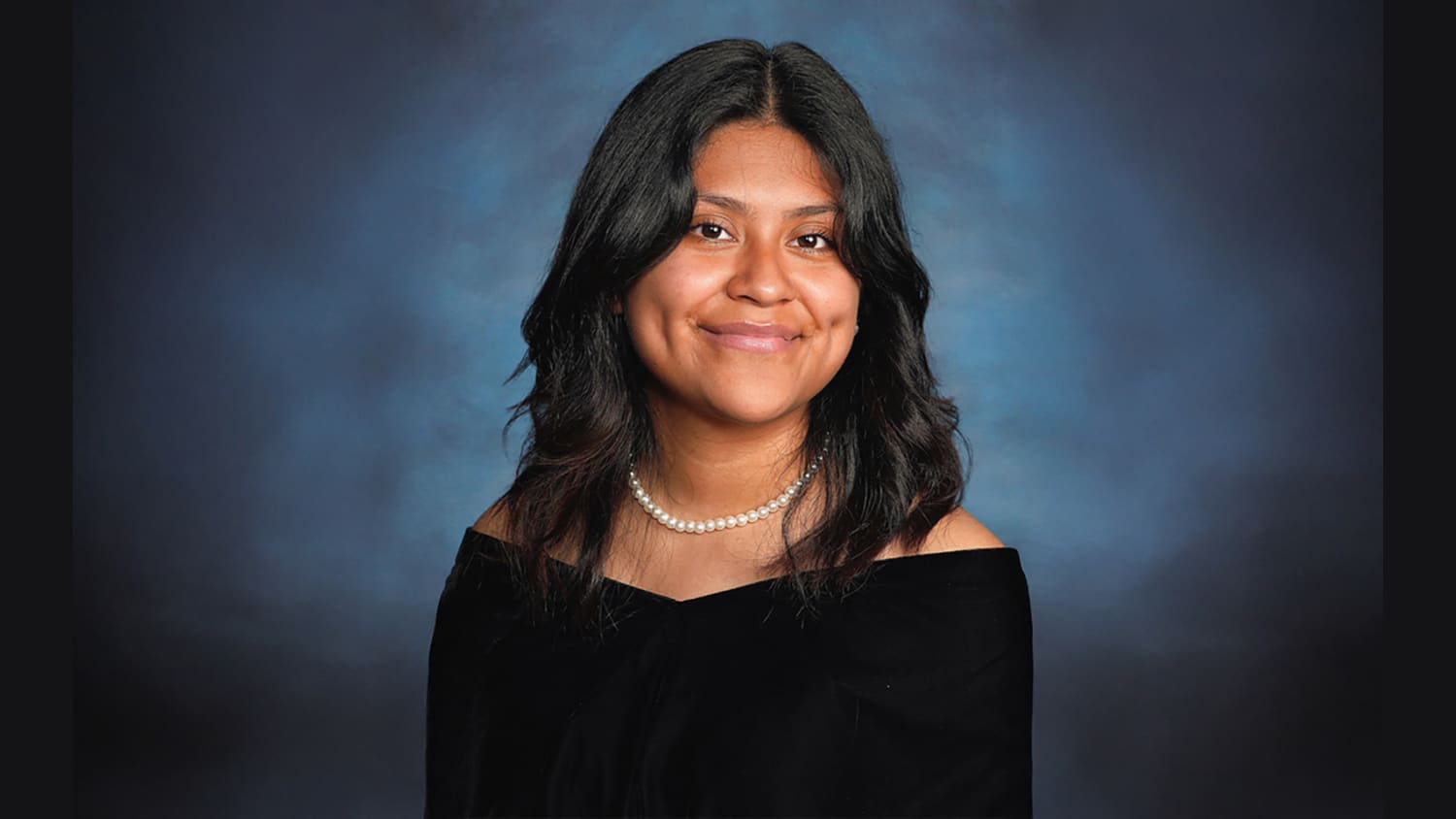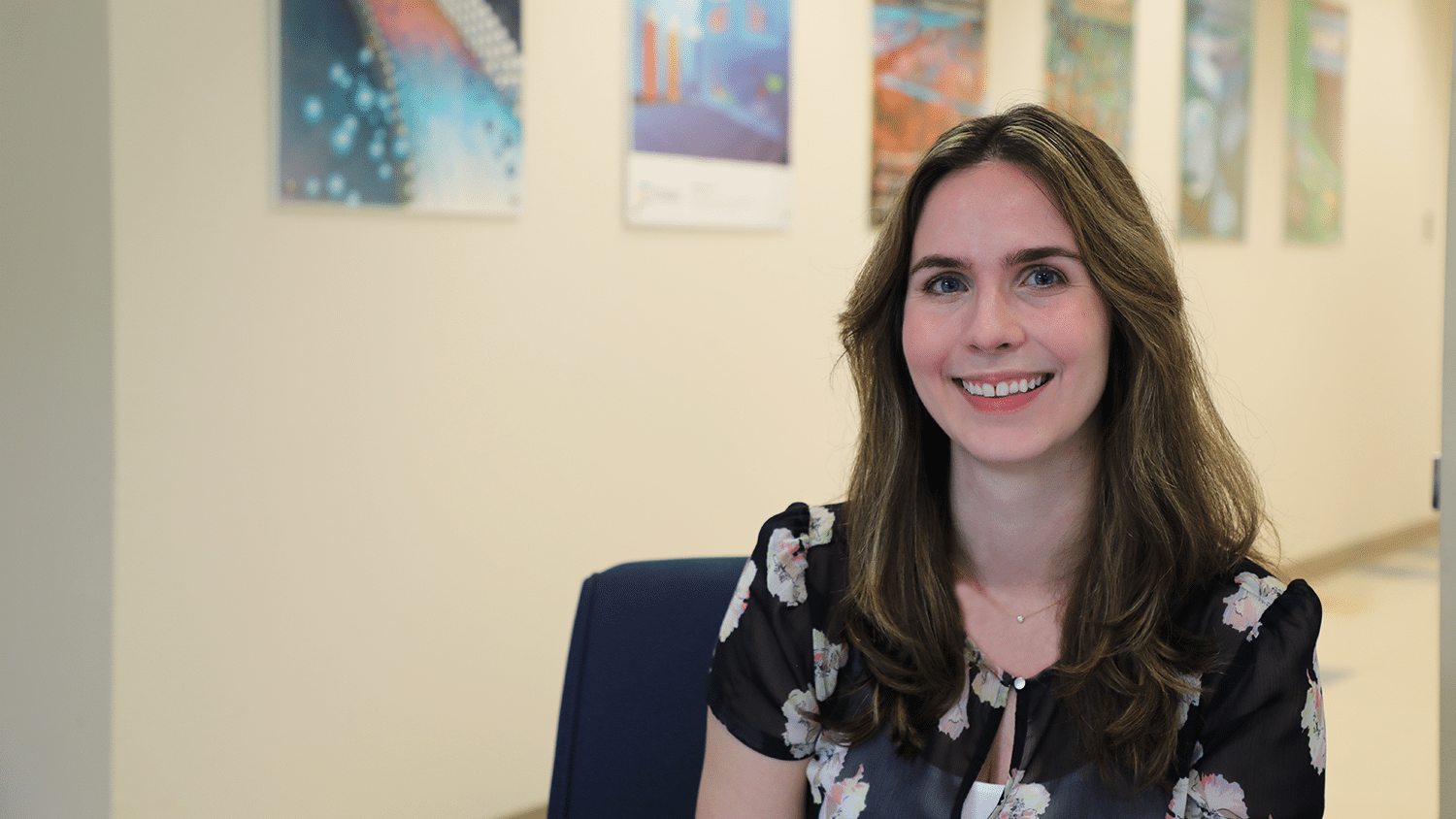They’ve Got Chemistry: A Popular App Impacts Student Learning Across Lab Sections
What happens when you combine an organic chemistry lab with an ambitious doctoral student, a supportive mentor and a team of DELTA experts? An app that not only helps teaching assistants enhance the consistency of instruction between sections but also helps students understand concepts not visible to the naked eye!
In order to solve instructional problems such as varied instruction across sections and students’ struggles with understanding Nuclear Magnetic Resonance (NMR), Associate Dean Maria Oliver-Hoyo and graduate student Lyniesha Wright Ward applied for and were awarded an exploratory DELTA grant.
Their DELTA team included Lead Multimedia Designer Rich Gurnsey, Assistant Director of Course Quality Bethanne Tobey, Immersive Media Developer Stephen Waddell, and Research Scholar Dan Spencer. The team was impressed with Wright’s research of the pedagogy and app development prior to applying for the grant. The team took what she had developed and advanced those features to include solutions like interactive questions in the app with immediate feedback, the ability to view and manipulate 3D models of molecules to help students visualize difficult concepts, and improved appearance and functionality to make the learning experience more intuitive.
“It’s hard to visualize things you cannot see,” says Wright. “Seeing it in 3D and being able to manipulate it is useful in understanding spatial relationships, and it’s great to see students get it.”
The team used various technologies to make this happen, including augmented reality (AR), mobile devices, Photoshop and Google Docs. There was also a worksheet activity (previously printed out as a booklet) that the team transformed into an online version.
The app, called H NMR MoleculAR, and worksheet were tested through multiple evaluation efforts; student groups repeatedly tested the app while observers completed research-based protocols that focused on usability, functionality and conceptual understanding. During one round of testing the app with students, the team discovered an accessibility issue for a student with color-blindness. In order to provide an accessible solution, Waddell developed a colorblind mode that made the objects distinct, utilizing designs like stripes or various color saturations.
The team faced the challenge of a global pandemic during the development phase of the grant, which altered some of their original plans. The app and worksheet were originally going to be used in a face-to-face lab setting, but due to the pandemic, the team created a way for the app to be downloaded to students’ own devices. The team worked with Daniel Waller in the Office of Information Technology, who was instrumental in making the app available through Google Play and the Apple Store. In the lab, students would have pointed tablets at their printed worksheets, so when the shift to fully online learning occurred, the team had to develop a way to have students point their phone screens at their computer screens. Spencer mentioned that interestingly, the app and worksheet received positive feedback from students even throughout all the shifts that occurred during the pandemic.

Some unique parts of this project include the luxury of having a PI who was also a research-driven and tech-savvy graduate student. The team said that because of Wright’s pedagogical and technological knowledge, she was always full of ideas and eager to advance the features of the app and worksheet.
She also proactively introduced the app and worksheet to TAs so they would have a clear understanding of how to use the tools with their students. The team also increased morale by taking the time to celebrate milestones together.
Another special component of this project is its reach beyond classes at NC State. Analytics reveal that the app is being used as far away as India, and active users are continually increasing. A final special part of this experience was the use of Agile project management practices such as the minimum viable product approach. Gurnsey says, “First, we made sure all of the orignial features functioned properly, and then the app went through several rounds of impovements and testing before we arrived at the finished product.”
Wright and Oliver-Hoyo report that they were exceedingly happy with the collaboration and support they received from their DELTA team. They noted that having the expertise of the DELTA team not only allowed them the powerful experience of working with an interdisciplinary team, but also greatly reduced the time it would take to gain such a breadth of knowledge on their own. They were especially fond of DELTA’s culture of assisting, guiding and sharing.
For more, see:
Journal of Chemical Education article
H NMR MoleculAR App on Android
This post was originally published in DELTA News.
- Categories:


